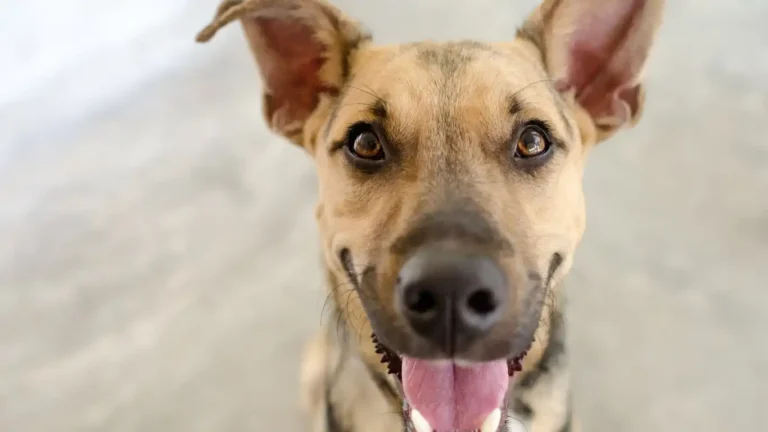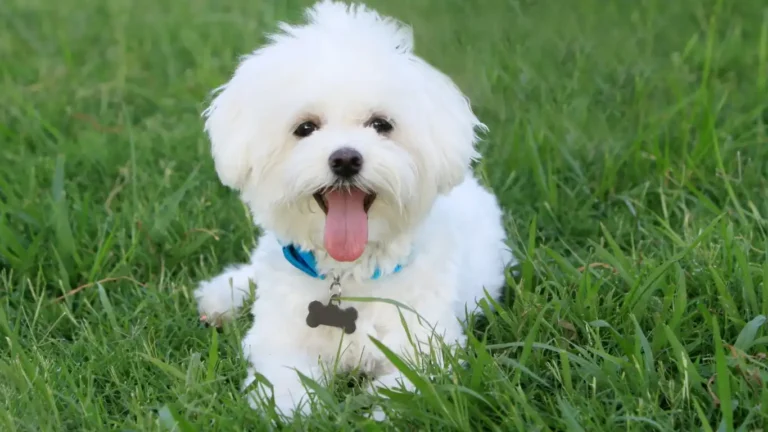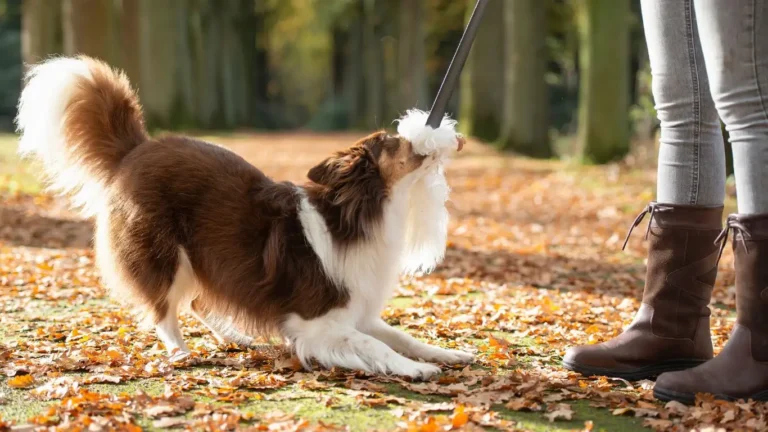Help Your Dog Adjust Smoothly to a New Pet in the Home
Bringing a new pet into your home is exciting, but it can also be a big adjustment—especially for your current dog. Dogs are creatures of habit, and changes in their environment can sometimes cause stress or confusion. Helping your dog adapt to a new animal friend takes time, patience, and a good understanding of how dogs think and feel.
Understanding Your Dog’s Emotions and Behavior
Dogs form strong emotional bonds with their human family and often see the home as their territory. When a new pet enters the space, your dog may feel unsure, jealous, or even threatened. This is especially true if the new pet is another dog or a very active animal like a kitten.
Like humans, dogs experience a range of emotions—joy, fear, anxiety, and affection. These feelings influence how they respond to new situations, including a new animal in their space. Learning to recognize your dog’s emotional signals can help you respond in a way that makes them feel secure and supported.
How Adjustment Works in Dogs
Adjusting to a new pet isn’t just about social behavior—it also involves brain chemistry. When dogs feel threatened or anxious, their bodies release stress hormones like cortisol and adrenaline. These hormones affect their mood, energy, and how they act toward others.
On the flip side, positive interactions with the new pet can trigger the release of feel-good hormones like oxytocin and dopamine. These chemicals support bonding and help reduce anxiety. Over time, if handled well, your dog can start to associate the new pet with positive feelings and experiences.
Signs Your Dog May Be Struggling to Adjust
It’s normal for your dog to feel unsettled at first, but some behaviors may show that they’re having a harder time than expected. Keep an eye out for these signs:
- Withdrawing – Hiding, avoiding family members, or losing interest in favorite activities
- Aggression – Growling, barking, or snapping at the new pet
- Clinginess – Following you around constantly or demanding extra attention
- Changes in eating – Eating less, skipping meals, or guarding food from the other pet
- Potty accidents – Regressing in house training due to stress
Most of these behaviors are temporary. Still, it’s helpful to track how often they happen and whether they’re getting better with time. If you’re not sure what’s normal, talk with your vet or a certified dog behaviorist.
Steps to Help Your Dog Adjust to a New Pet
With the right approach, your dog can learn to live peacefully—and even happily—with a new animal companion. Here are some ways to support a smooth transition:
Start with Scent Introductions
Before the pets even meet face to face, let them sniff each other’s bedding or toys. This lets both animals get used to each other’s scent in a non-threatening way. Dogs rely heavily on smell to understand the world around them.
Use Controlled Meetings
Keep the first meetings short and calm. Use leashes, baby gates, or crates to keep pets separated while they get used to each other’s presence. Gradually increase the amount of time they spend together as they show signs of comfort.
Stick to Your Dog’s Routine
Dogs thrive on structure. Try to keep feeding times, walks, and play sessions consistent during the adjustment period. Familiar routines can help your dog feel more secure, even while other things are changing.
Reward Positive Interactions
When your dog behaves calmly or shows curiosity without aggression, offer praise, treats, or extra playtime. This teaches them that good things happen when the new pet is around.
Give Your Dog One-on-One Time
It’s easy to get caught up in caring for the new pet, but don’t forget about your original dog. Make time each day for solo walks, cuddles, or games. This reassures your dog that they’re still an important part of the family.
Manage Competition
Dogs may become protective of their food, toys, or resting spots. To reduce tension, feed the pets separately and give them individual spaces to relax. Avoid letting them fight over resources—it can lead to long-term rivalry.
Use Pheromone Aids or Calming Tools
Products like Adaptil (a synthetic dog-appeasing pheromone) can help reduce anxiety. You can also try calming music, white noise machines, or anxiety wraps if your dog seems particularly nervous.
Don’t rush the process. Some dogs adjust in a few days; others take weeks or even months. Be patient, and try not to compare your dog’s reaction to someone else’s pet situation.
When to Seek Professional Help
If your dog shows signs of serious stress or aggression that doesn’t improve, it may be time to call in a professional. Here are a few red flags to watch for:
- Repeated fights or biting between pets
- Ongoing loss of appetite or weight changes
- Destructive behavior that continues beyond a few weeks
- Signs of depression, like sleeping too much or isolating
In these cases, a vet can rule out medical causes and may refer you to a behaviorist. Don’t wait too long—early support can prevent long-term problems and help restore peace in your home.
Final Thoughts
Helping your dog adjust to a new pet can be a challenge, but with the right approach, most dogs learn to share their space and even build strong bonds. The key is to go slow, stay consistent, and pay attention to your dog’s emotional needs along the way.
If something doesn’t feel right or you’re unsure what to do, you’re not alone. Reach out to a vet or trainer for support—they’re there to help you and your furry family thrive.






